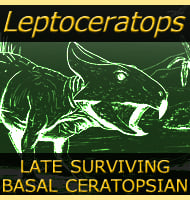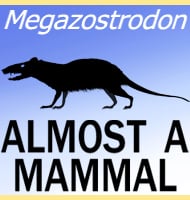In Depth
Wulatelong has been considered to be a fairly basal oviraptorid similar to some genera such as Incisivosaurus and Caudipteryx. Unfortunately the holotype remains of Wulatelong have suffered erosion from the harsh environment that they were found in because they were discovered already exposed to the elements.
Wulatelong would have likely shared its habitat with other kinds of dinosaurs such as ceratopsians like Magnirostris and Protoceratops, ankylosaurs like Pinacosaurus, troodonts like Philovenator and Linhevenator, and dromaeosaurs like Velociraptor.
Further Reading
– A new oviraptorid from the Upper Cretaceous of Nei Mongol, China, and its stratigraphic implications -. Vertebrata PalAsiatica. 51 (2): 85–101. – Xu Xing, Tan Qing-Wei, Wang Shuo, Corwin Sullivan, David W. E. Hone, Han Feng-Lu, Ma Qing-Yu, Tan Lin & Xiao Dong – 2013.









